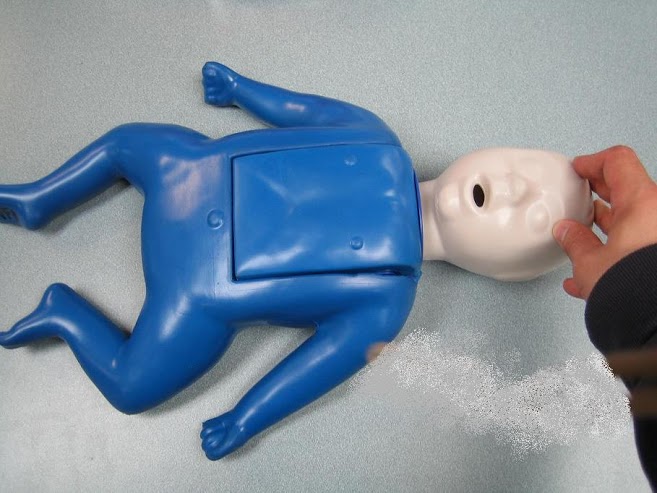
Although most of us comply with precautions it is estimated that Forty five % of all burns take place at home. Up to four hundred thousand burn traumas generally occur yearly and of this total, 4500 perish because of the accidental injuries as a result of burn accidents. Medical centers get nearly 35,000 burn victims each year. It’s important to understand that one might burn themselves by mere tap water at approximately Forty-four degrees Celsius. Careful utilization and supervising is necessary when children and adults are within nearness of heating elements, irons, cooking water, stove tops and even hair dryers. You have to not be careless when running such machinery considering that it only requires a mistake of a few moments to inflict burns on someone.
If someone does ends up with a burn, it is essential to provide first aid promptly. You should firstly determine whether it is significant or not by just considering a number of important factors. Should the patient have issues breathing then you certainly need to contact 9-1-1 right away. Make sure to assure them, treat for shock and attempt to keep the patient comfortable while you await professionals to aid the burned person. If the burns are sparsely located throughout the body you should contact EMS immediately. If this type of burn was caused by electric power, chemicals or a blast then contact 9-1-1 straightaway.
Rescuers and first aid attendants awaiting the advanced aid should cool the afflicted region. It is usually advised to cool down and cover the infected part to counteract spreading of infection. Because the skin has burned off, the location is defined as ‘raw’ and might succumb to air-borne diseases that normally the epidermis (skin) would likely defend the body from. These airborne unhealthy bacteria might not affect healthy skin but have adverse effects on raw burned epidermis.
For even more severe burns which are a result of liquid toxins and / or any chemical substance in the vicinity of the eyes, you must assist the wounded person to flush the hurt location with large sums of cold water. The cool running water will be able to reduce the distressing feeling. Ensure that the used water is drained away from the patient (not in a pool back to the individual) so it is not going to affect the patient further (if it had been a harmful chemical). Be sure to calm the person throughout this ordeal and continuously cleanse with h2o until EMS arrive. If it has been a big chemical discharge then you definitely should remove contaminated apparel. If you have excess chemical substances on the victim’s skin, brush it off and flush the area with water.
Problems with electric power are more unsafe so rescuers and attendants should proceed with extreme caution. Make sure the scene and environment is surveyed and safe prior to providing first-aid. Confirm the vicinity extensively and ensure the power was turned off by industry experts prior to deciding to approach the patient. Provide care to individuals with life-threatening problems initially. Patients requiring immediate care include individuals with cardiac arrest, unconsciousness and / or respiration issues. Be familiar with burn areas (where electricity transferred in the body) and give required care. Ensure that you contact 911 and brief them on the problem accordingly because an electrical shock can have dramatic and disastrous effects on the heart.

